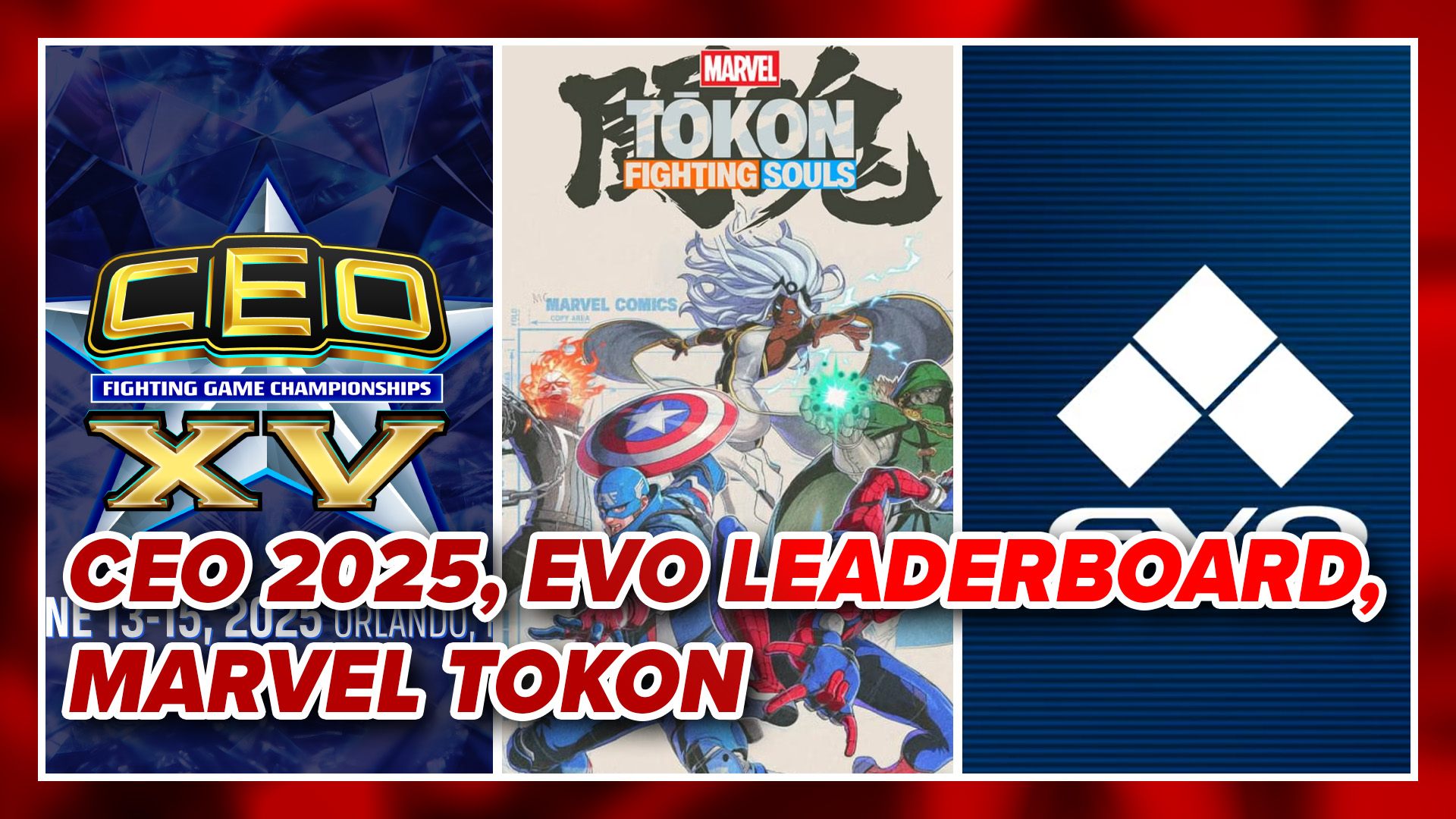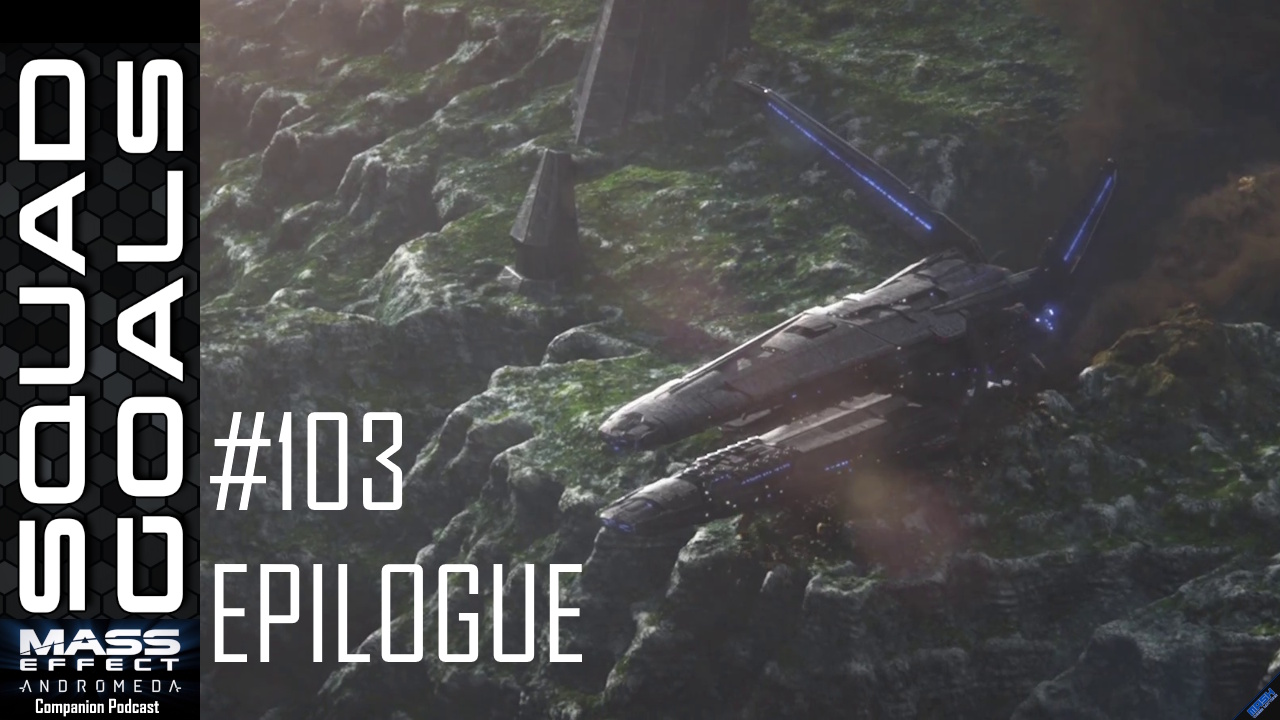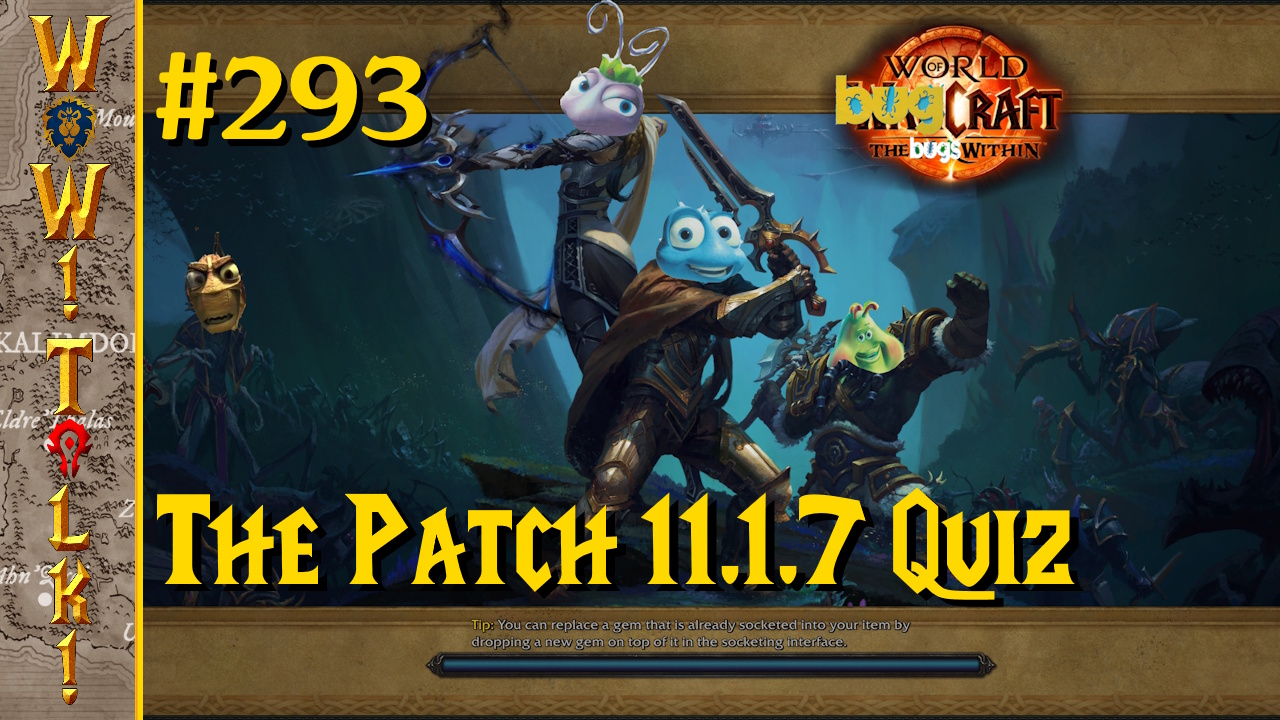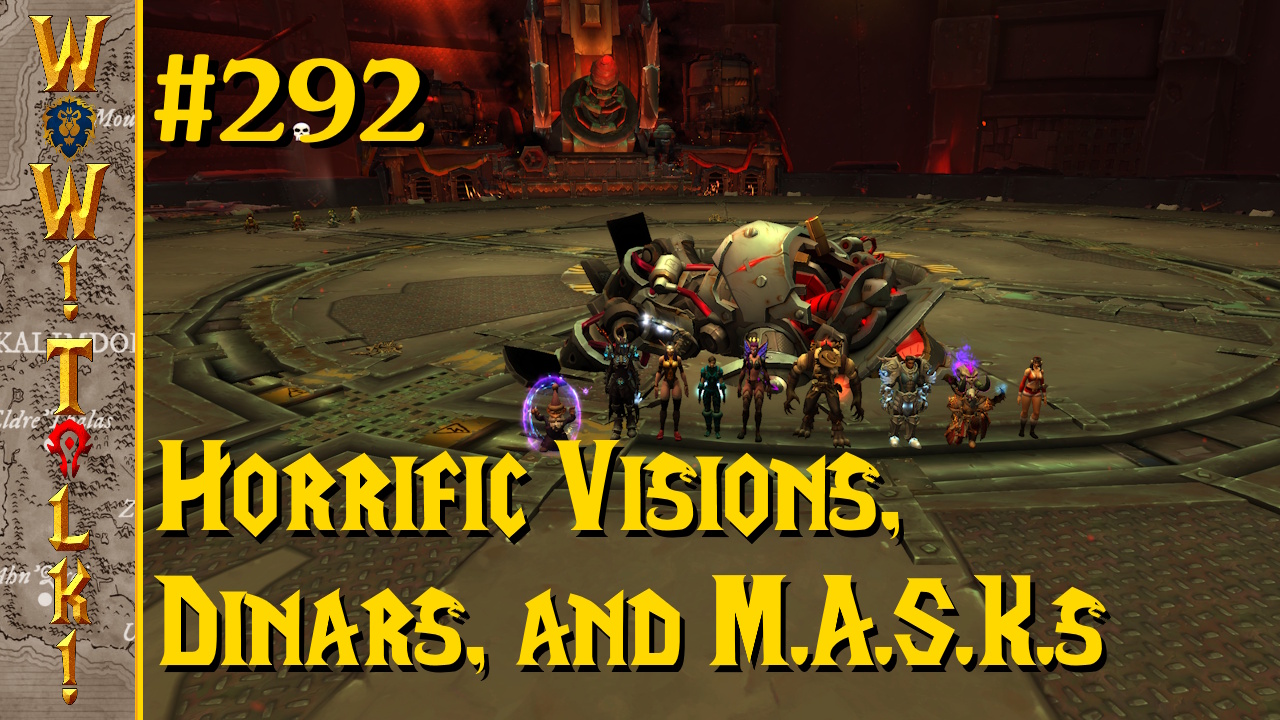
Sports games are confounding to review at times. The way the landscape is shaped now, no sports game can truly be taken singularly. Each one is the product of years and years of advancements and trial & error; even more so than in other genres. Sports are specific and enduring; you can’t change the context of, say, the Stanley Cup the same way you can the context of Link in The Legend of Zelda.
So let me say this: NHL 12 is the best hockey game yet. With that said, the series has advanced to the point where it would pretty much have to be such, unless EA Canada flubbed an already set part of the game in a major way. But they didn’t, and that makes it easy to say, “If you like hockey, or you’ve played NHL in the previous years, you’re o.k. for another one. The game isn’t perfect, but it’s really good.”
And if that piece of advice was all I had to share with you, then we’d already be done. But it’s not, because I have a lot more info to share, so let’s talk shop. The official count of improvements in NHL 12 from EA comes in at over 300, so I could sit here and list the individual improvements for quite a while. The focus of the burgeoning list, though, is in two areas that fans will notice and appreciate: physics and AI.
One change you’ll notice very quickly is that the invincible, brick wall goalies of yore are gone. Now goalies are fully interactive; they can be knocked off balance or completely over like any other player. They also behave more like their real-life analogues; covering different angles of the net, and stretching themselves to make desperation saves. The previously immobile juggernauts can even get into fights now (if you can antagonize one enough to drop the gloves. I never managed to). Be careful with the changes though, as being able to interact with goalies and crash the net means real league penalties apply for interfering or running into them.

As with other sports in the EA line this year, a greater emphasis was placed on freeing physics of canned animations. Now players interact with one another better, from collisions to how the puck behaves. It was a point of frustration for years that you could be locked out of making a play, whether because a player was in the midst of a deke animation, or because other players were finishing a body check animation. There’s almost no point now where you can’t affect a play.
Everything is live — players can be checked over the bench, glass can break, even helmets fly off. The puck is also live and runs on independent physics. Now one-timers can be redirected, the puck can travel end over end from saves and rebounds, and shots can be tucked around the goalie. Broken sticks, which were introduced last year, now have weight and can affect the puck in motion. There didn’t appear to be much problem with the physics as they were instituted, no wacky floating pucks or anything, although the puck did seem to leave the field of play a lot more because of deflections and the like. It creates a few more stops and starts in play, but nothing too drastic.
Checking and falls are physics dependent too, and behave more naturally. Players don’t go down to the ice on every hit anymore. Size of players, their positioning, even their strength ratings now play into the outcome of a hit. Get a good hit in with a strong player, but not quite on a player’s center mass? The recipient may helicopter spin in the air before hitting the ice. The results of hits are almost as varied as the factors that go into them. Players can stumble to a knee or, in some instances, cause the hitter themselves to fall. All hope isn’t lost for the smaller guys though; lining up a guy right can still send them to the ice. The changes do mean that small players don’t dominate games the way they once did. They haven’t been made useless by any stretch, it’s just that multiple styles of play are more relevant. Sending in a line of big tough-guy defenders to protect a lead you’ve built, or to put the fear of god into some lightweights is a valid strategy, and fun to see in action.




